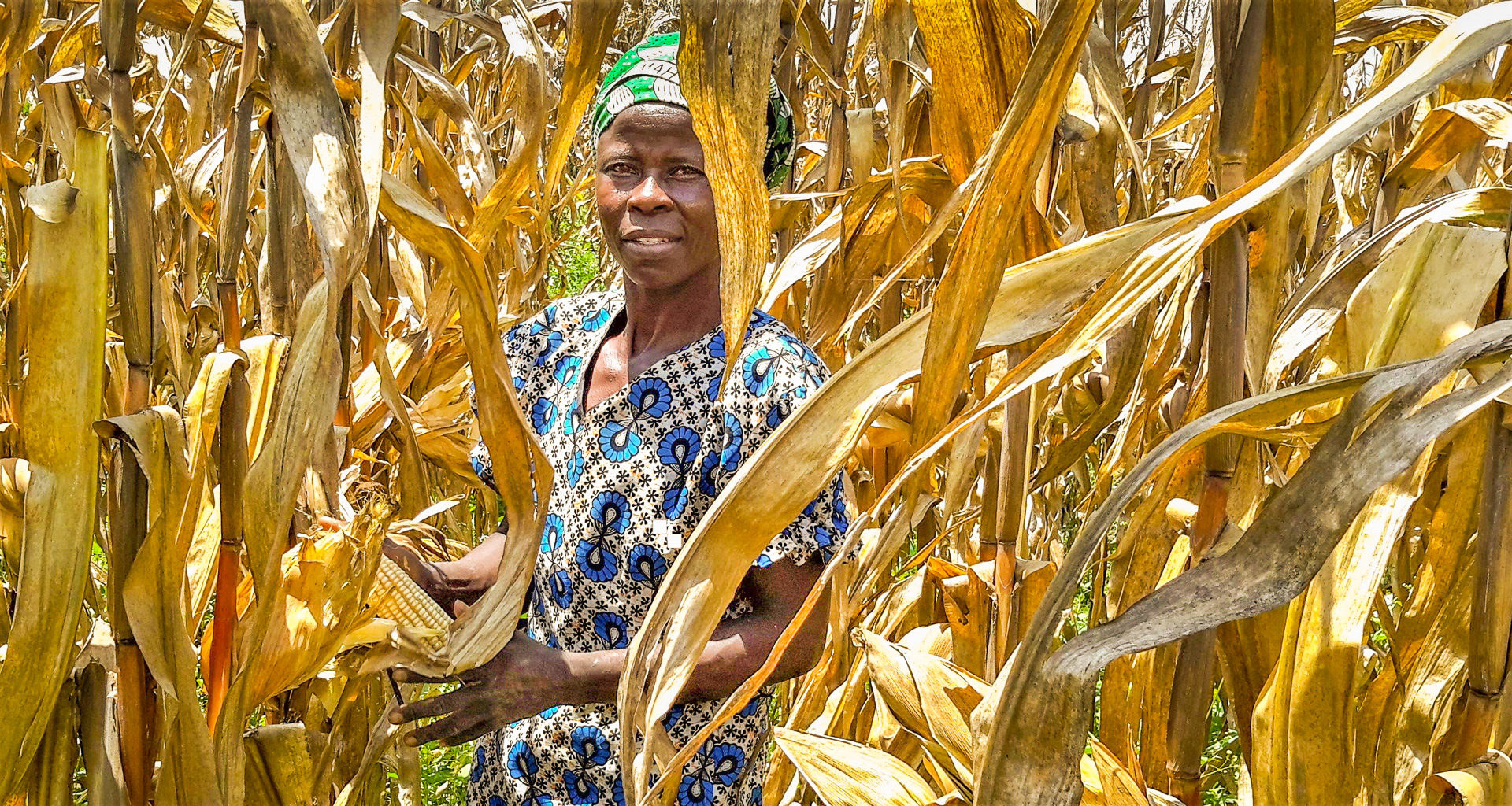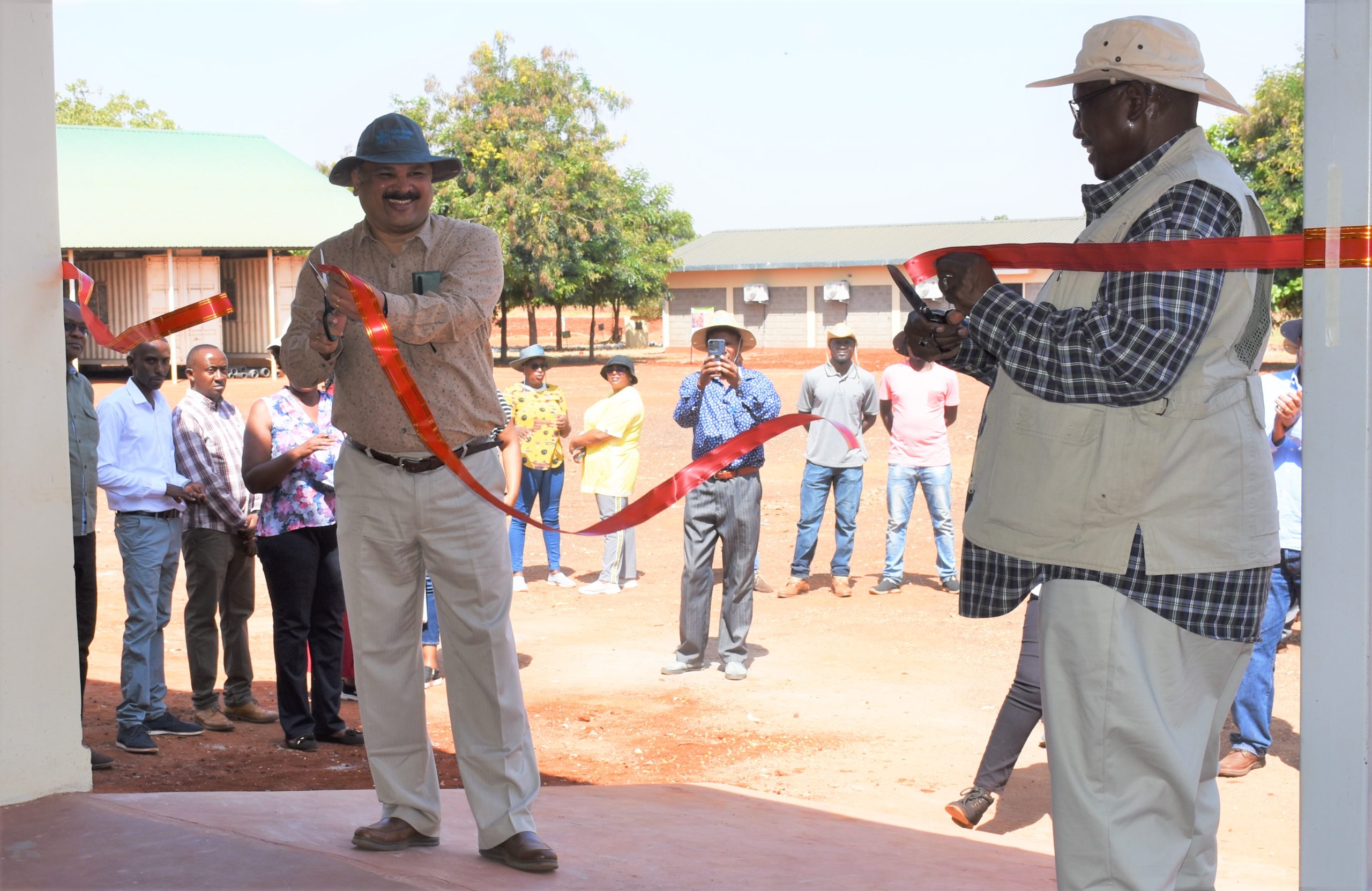In December 2022, more than 40 scientists from African National Agricultural Research Institutes (NARI) and Small and Medium Enterprise (SME) seed companies received training on the design and implementation of modern maize breeding programs.
The training, explains Yoseph Beyene, project leader in the Accelerating Genetic Gains (AGG) – Maize project, was designed to improve maize breeders’ knowledge of the most advanced technologies and methodologies in order to increase genetic gains in their respective breeding programs. It was supported by AGG-Maize and the CGIAR Accelerated Breeding Initiative (ABI) and formed part of ongoing efforts to modernize NARI breeding programs under AGG-Maize.
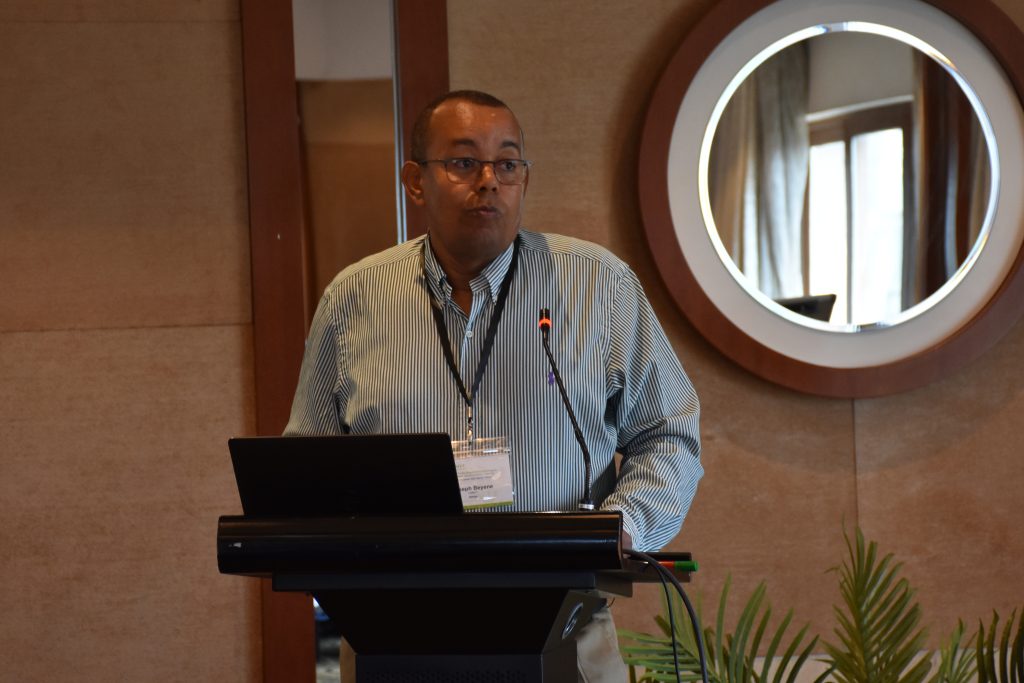
Over the course of five days in Nairobi, Kenya, participants from 13 countries where AGG-Maize is implemented worked to develop their skills in the use of new technologies and approaches to improving genetic gains and breeding efficiencies. Topics covered included the prioritization of market segmentation and product profile development, application of quantitative genetics principles in maize breeding, seed production research, improved designs for regional on-farm trials, and much more.
“The training was an eye opener supported by detailed explanations on applications of diverse research methodologies in maize breeding,” said Isiah Aleri, a research assistant for the International Maize and Wheat Improvement Center’s (CIMMYT) Maize Program in Kenya. “I met teams who had different views on some breeding techniques, but later received guided explanations from trainers on why certain standards and requirements are set for effective decision making.”
Veronica Ogugo, a research associate in the same CIMMYT program, agreed saying: “It was very educative and in-depth in all the areas that were covered by the different specialists. The best part was that each of the components complimented one another.” She added that the training also offered a good opportunity for interaction with other experts.
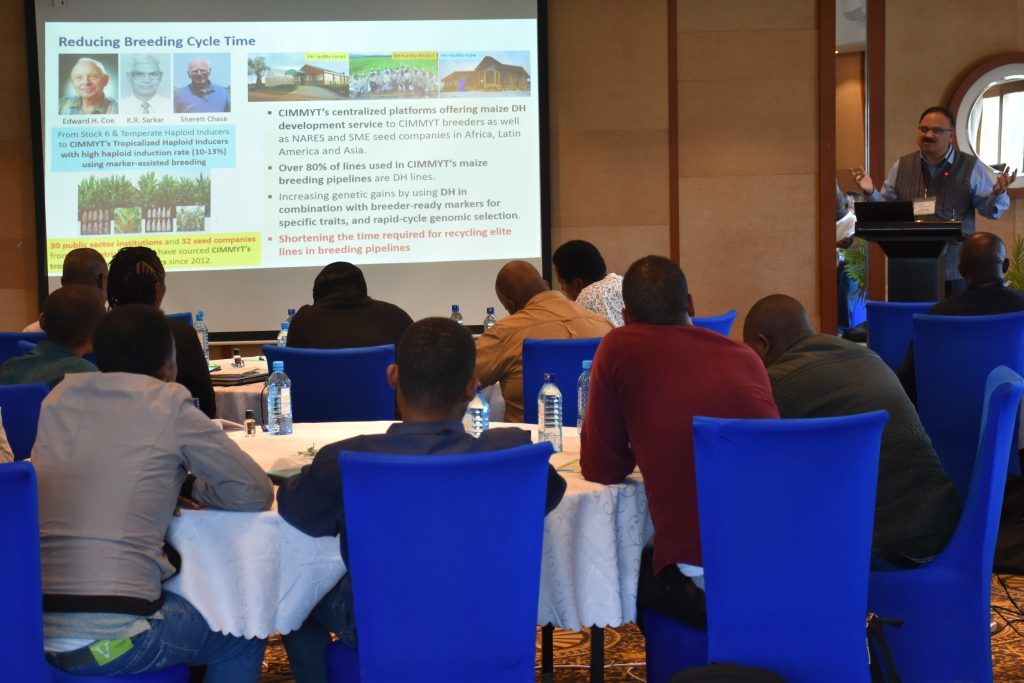
What and whom to breed for
In his opening remarks at the training, B.M. Prasanna, Global Maize Program director at CIMMYT, noted the need for efficient use of limited resources, and encouraged scientists to work smartly, for instance, by leveraging available germplasm across phenotyping networks from other regions to diversify germplasm base for increased genetic gains. He emphasized the importance of clearly determining market segments and developing product profiles that have clear objectives, as well as the key traits to be considered, such as tolerance to drought, heat, and pests and diseases like fall armyworm.
Prasanna highlighted zinc as an example of an important feature to focus on, pointing out the micronutrient’s vital role in mental well-being and its immune boosting properties, especially in children. “Different geographies have different ways of using maize,” he explained. “In general, maize provides 15-56% of total calorie intake in the rain-fed tropics, hence its importance for improving not only smallholder farmer incomes but also food and nutrition security.”
He also outlined how important partnerships with national programs and seed companies are for achieving the fullest impact of CIMMYT’s work. “The strong regional collaborative maize breeding and seed systems is fundamental for impact,” he said. “It is also the reason for arguably the largest public sector maize germplasm testing network in the Global South, in rain-fed stress-prone tropical environments.”
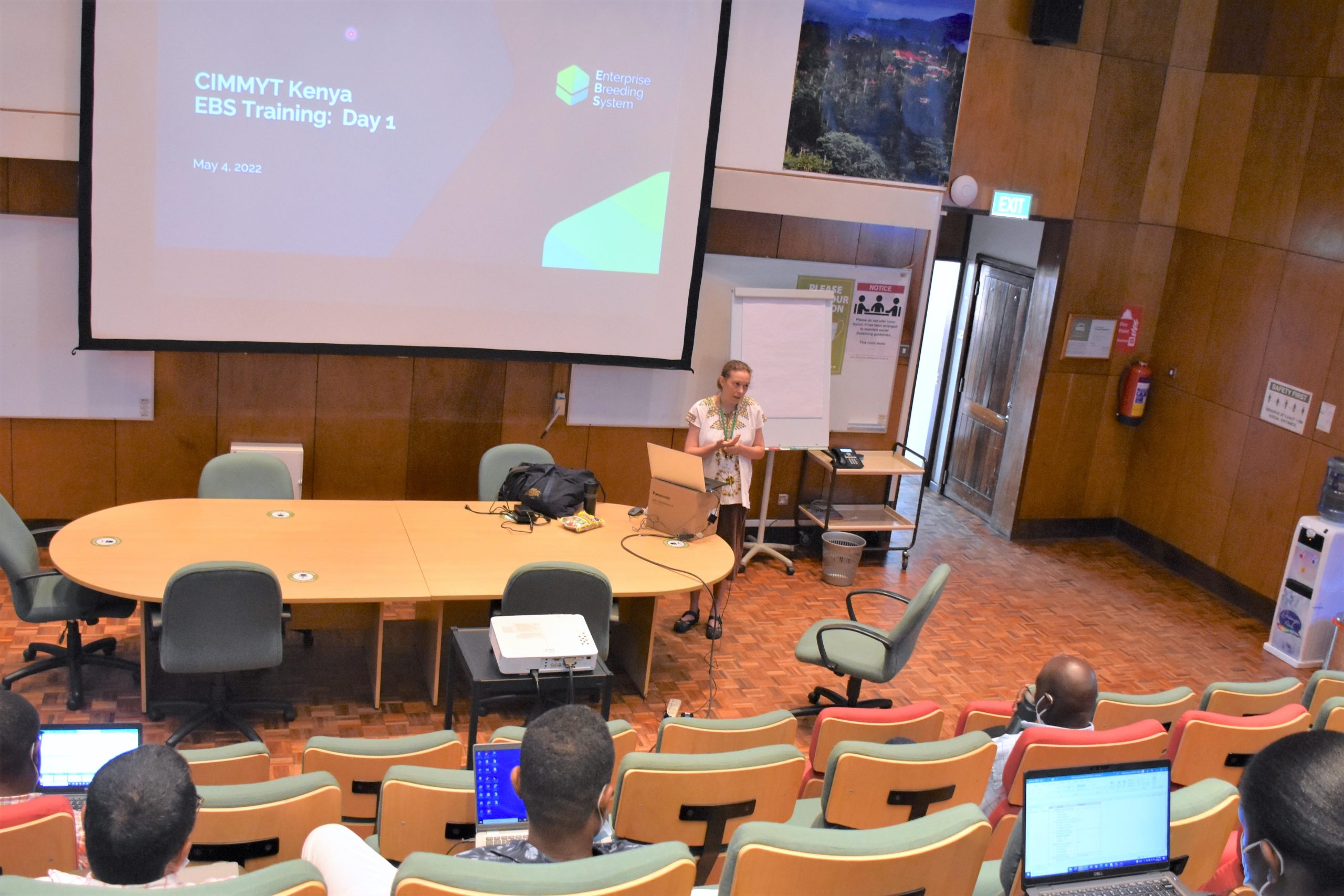
 Capacity development
Capacity development 